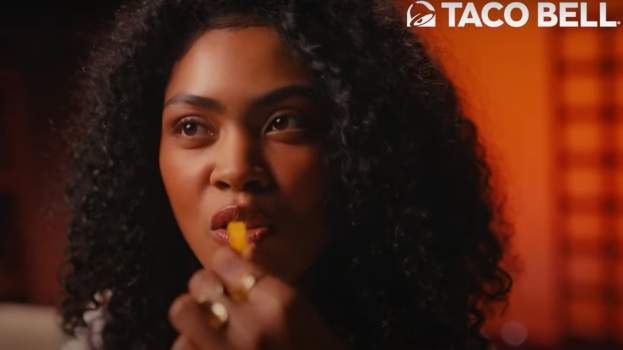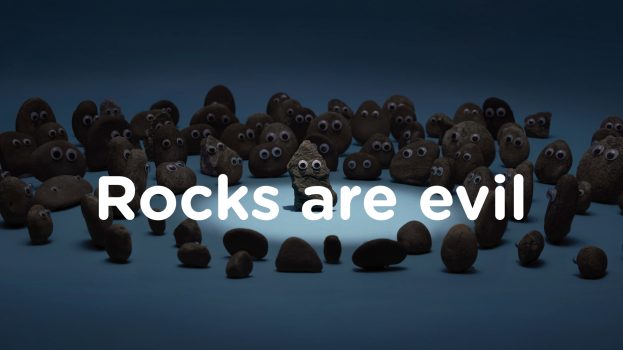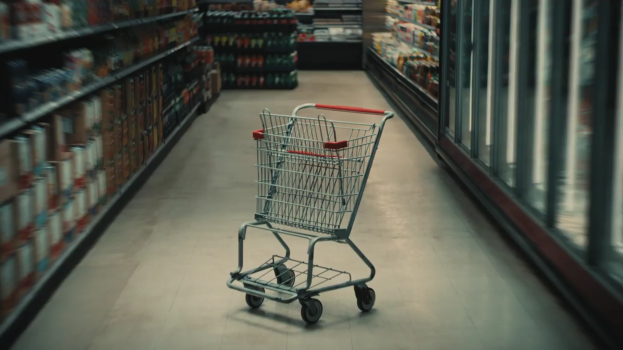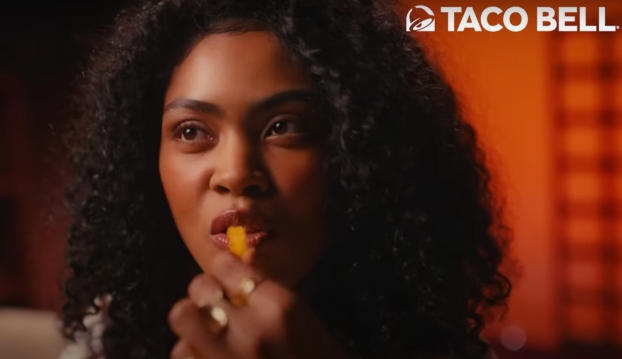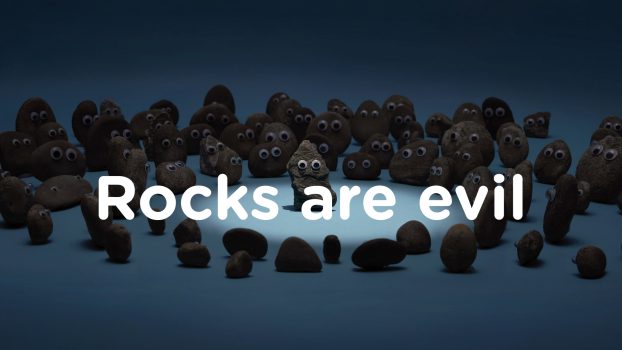
McDonald’s Canada has announced the return of the Big Mac with Bacon, with a campaign that’s more befitting of a hot new sneaker, capsule collection or makeup palette than a hamburger.
Last week, unbranded teaser ads began to appear for something called “BMxB,” with wild postings featuring stylish young models, shot in black-and-white next to the “BMxB” logo and the date “01.30.18.” During the broadcast of the Grammy Awards on Sunday, a teaser video aired, with a voiceover talking over art house-style cinematography about “the combination of two greats,” with the subject once again left vague.
The week-long teaser portion of the campaign is a clear nod to the world of fashion and beauty, where collaborations between lifestyle brands and high-profile personalities have become increasingly popular, and highly stylized teaser campaigns are used to generate buzz.
[iframe_vimeo video = “252896622”]
Today, the ads were altered to reveal that “BMxB” is in fact the Big Mac with Bacon, with the date on the posters removed to show each of the models holding the iconic McDonald’s menu item (see images above and below for before and after).
The QSR has also debuted 15- and 30-second videos in English and French featuring very stylish, hip-looking people speaking about the concept of “collaboration,” the same way they would about a new release from a high fashion brand, while a Big Mac with Bacon sits on a plate nearby.
McDonald’s worked with Cossette and Weber Shandwick on the campaign.
Antoinette Benoit, CMO at McDonald’s Canada, says the juxtaposition of the Big Mac with high-minded, intellectual discussions about culture and collaboration is meant to keep with the fun and humour Canadians expect from the brand. But it is also a way to recognize and celebrate the Big Mac’s status as a pop culture icon in its own right.
“When you play with the Big Mac, you have a responsibility because it’s a pop culture icon,” she says. “That means if you want it to remain an icon, you have to treat it in the right way, at the right moment. In this moment today, icons get a special treatment. When Drake has a new album, it’s expressed and announced in a certain way. We wanted to leverage the Big Mac as the pop culture icon that it is.”
[iframe_youtube video = “qqzAlM-Fbmc”]
Last year, McDonald’s Canada altered the recipe of the Big Mac for the first time by adding bacon, promoting the limited time change with the “Is it a Big Mac?” campaign. While the Big Mac with Bacon is a limited-time menu item – available again in restaurants starting today – it is technically available year round by simply asking for bacon to be added to the burger. But Benoit says doing it as an LTO and surrounding it with a campaign helps generate new excitement around what is already the restaurant’s most recognizable product (McDonald’s had a 25% increase in Big Mac sales during last year’s campaign).
“We have license with the Big Mac to get a bit adventurous,” Benoit says. “Everyone already knows what a Big Mac is, I don’t need to sing the Big Mac jingle again. A good point of entry is talking about something people are passionate about, and one thing I discovered when I came here was that Canadians love bacon. But you also need to find a way to do things a bit differently to get attention and show that you are part of this time and the culture.”
[iframe_youtube video = “6-2DliCtoVY”]
Benoit says the feedback from last year’s Big Mac campaign showed that consumers responded best to the brand having fun and “not taking [itself] too seriously,” which McDonald’s is now attempting to do with its roster of campaigns.
“You can’t just run the same stuff all the time,” Benoit says. “If you run 65 campaigns that all look the same, you’ll be out of the game. We aim to have consistency by sticking to our values, like being democratic and joyful and humble, but we are going to express them in different ways.”
Globally, the McDonald’s brand will be celebrating the 50th anniversary of the Big Mac in different ways across markets. Benoit says the strength of the “BMxB” idea from Cossette could stand on its own without using the anniversary as a focal point, but work speaking more directly to the anniversary is likely to come later in the year.


